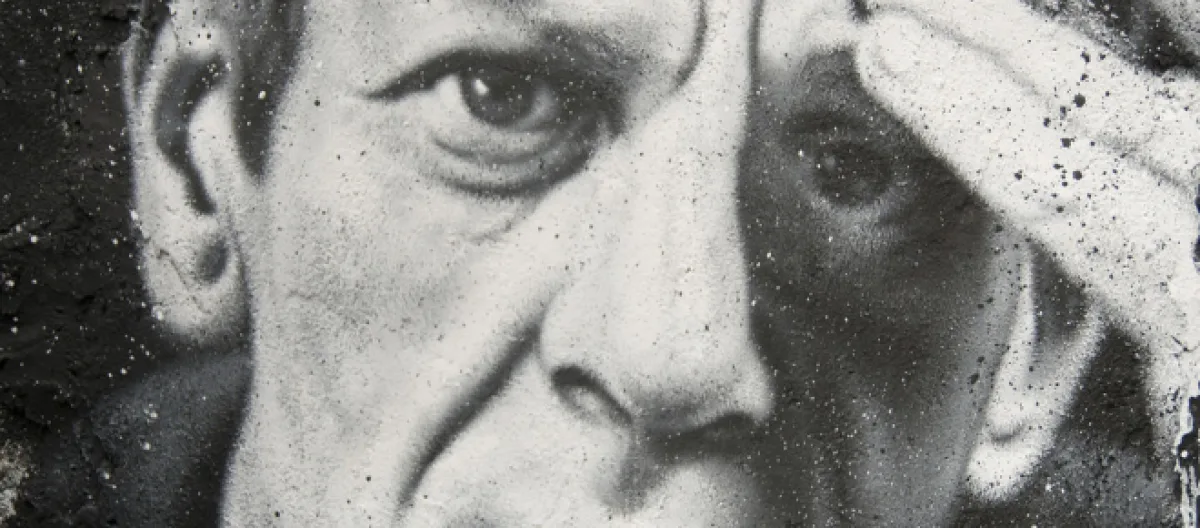When it comes to making it big in the art world, competing with others is not for those with connections. For them, their fame through friends in high places proves to be a historical inevitability. Such is the sum of research by Paul Ingram, a professor at Columbia Business School and his colleague Mitali Banerjee.
Success story
The researchers formulated the who-you-know premise for their study while assisting the Museum of Modern Art curators to greater effectiveness for a show of famous modern artists called “Inventing Abstraction.” They discovered that it wasn't the artist's inventiveness that brought them celebrity but rather their connections that mattered most.
Instant fame
On reading about this study, an example jumped to mind, the friendship that Jackson Pollock managed with Peggy Guggenheim. As an unknown, he struggled to find his own abstract style to wow the critics. And according to information in the 1992 memoir “Peggy Guggenheim, Out of This Century,” it wasn't until she asked him to paint a mural for her apartment that his drip-painting went on the proverbial map.
Art history
But wait, Ingram and Banerjee didn't have to look at famous abstract painters to understand how they got famous. Michelangelo made the case some 500 years ago. His road to success was spelled out in historian Ascanio Condivi's 1553 tome “The Life of Michelangelo Buonarroti.” Likely the most famous artist on the planet, Michelangelo's path to fame bears out the research of the Columbia University' professors eons before they embarked on it.
Doesn't anyone read history anymore?
In the garden
As a boy, Michelangelo could draw well, but like most small children, his focus was scattered until he was taken to a park - the garden of the Medici at San Marco owned by Lorenzo the Magnificent (father of Pope Leo) - filled with antiquities and sculptured figures. Michelangelo was so taken by them that he refused to go anywhere else - including art school - spending all his time there looking the day long. His visits to that garden constituted his art training.
Written in stone
Eventually, little Michelangelo fixated on the head of a faun with a long beard and laughing countenance and wanted to copy it even though the mouth was indiscernible due to deterioration from age.
Spotting workmen repairing stonework, he asked for a piece and some tools to work it and set himself to capture the look of the faun. And he did it with such attention that in a few days he brought it to perfection, adding a mouth out of his imagination – complete with a full set of teeth.
Big push
At this point, Lorenzo the Magnificent, finding the boy polishing his finished head, observed the excellence of it told him, “Go tell your father that I would speak with him.” And the rest, as the saying goes, is history. Ergo, fame depends on who you know.
By the way, Lorenzo the Magnificent had one criticism of Michelangelo's head of the faun. He told him, an old man wouldn't have his full set of teeth.
